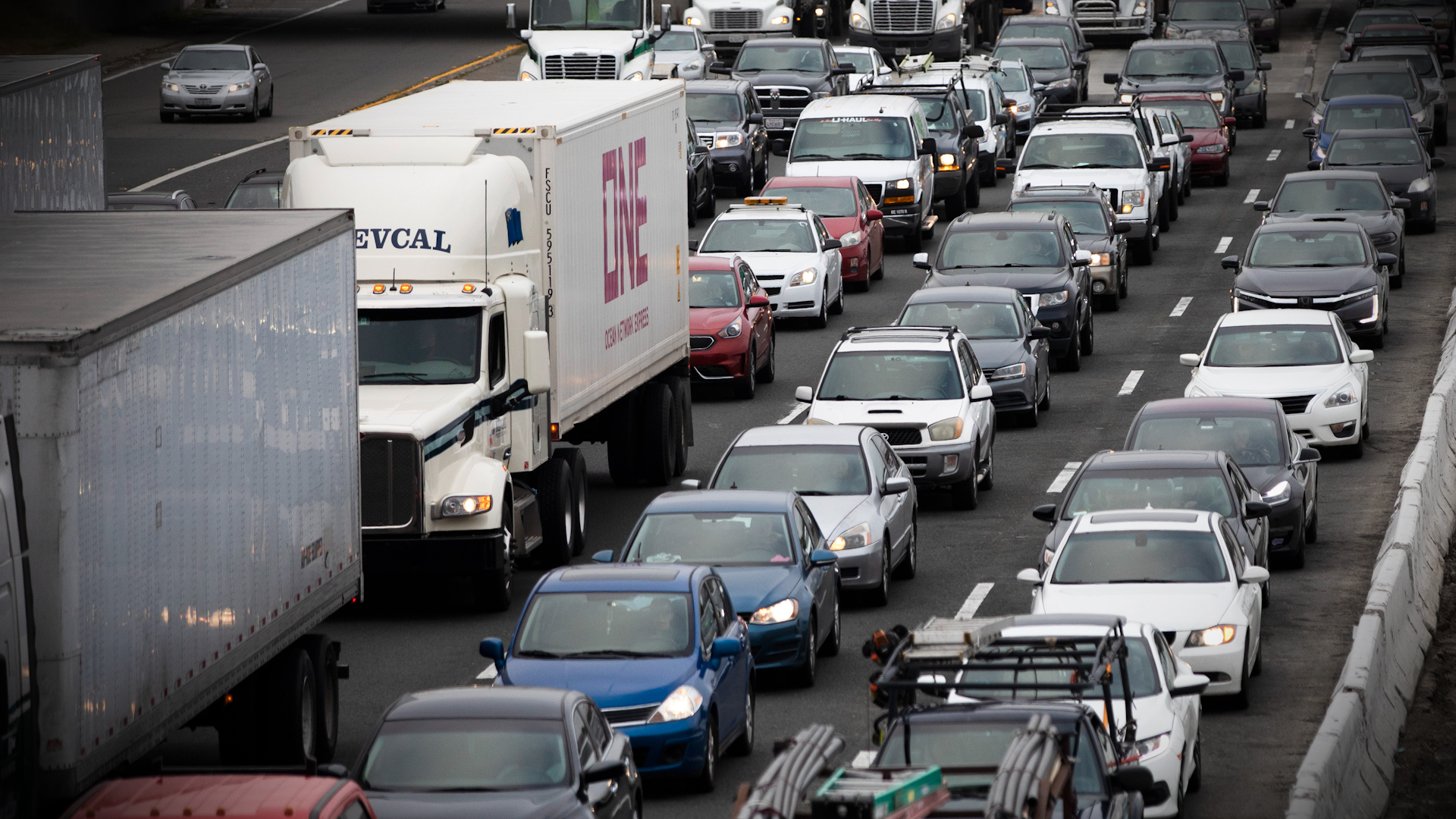
[KARAH RUCKER]
BY 2029, ALMOST ALL NEW PASSENGER CARS AND TRUCKS SOLD IN THE U.S. MUST BE EQUIPPED WITH AUTOMATIC EMERGENCY BRAKING SYSTEMS, THE NATIONAL HIGHWAY TRAFFIC SAFETY ADMINISTRATION ANNOUNCED ON MONDAY.
THIS REGULATION AIMS TO SAVE AT LEAST 360 LIVES AND PREVENT 24-THOUSAND INJURIES ANNUALLY. THE DECISION COMES IN RESPONSE TO A RISE IN TRAFFIC FATALITIES POST-COVID-19 LOCKDOWNS.
THE NEW RULE ALSO SETS PERFORMANCE STANDARDS FOR THESE SYSTEMS, REQUIRING THEM TO DETECT PEDESTRIANS IN BOTH DAYLIGHT AND AT NIGHT, AND FUNCTION EFFECTIVELY AT SPEEDS UP TO 90 MPH.
SOME SMALLER MANUFACTURERS HAVE UNTIL SEPTEMBER 2030 TO COMPLY.










